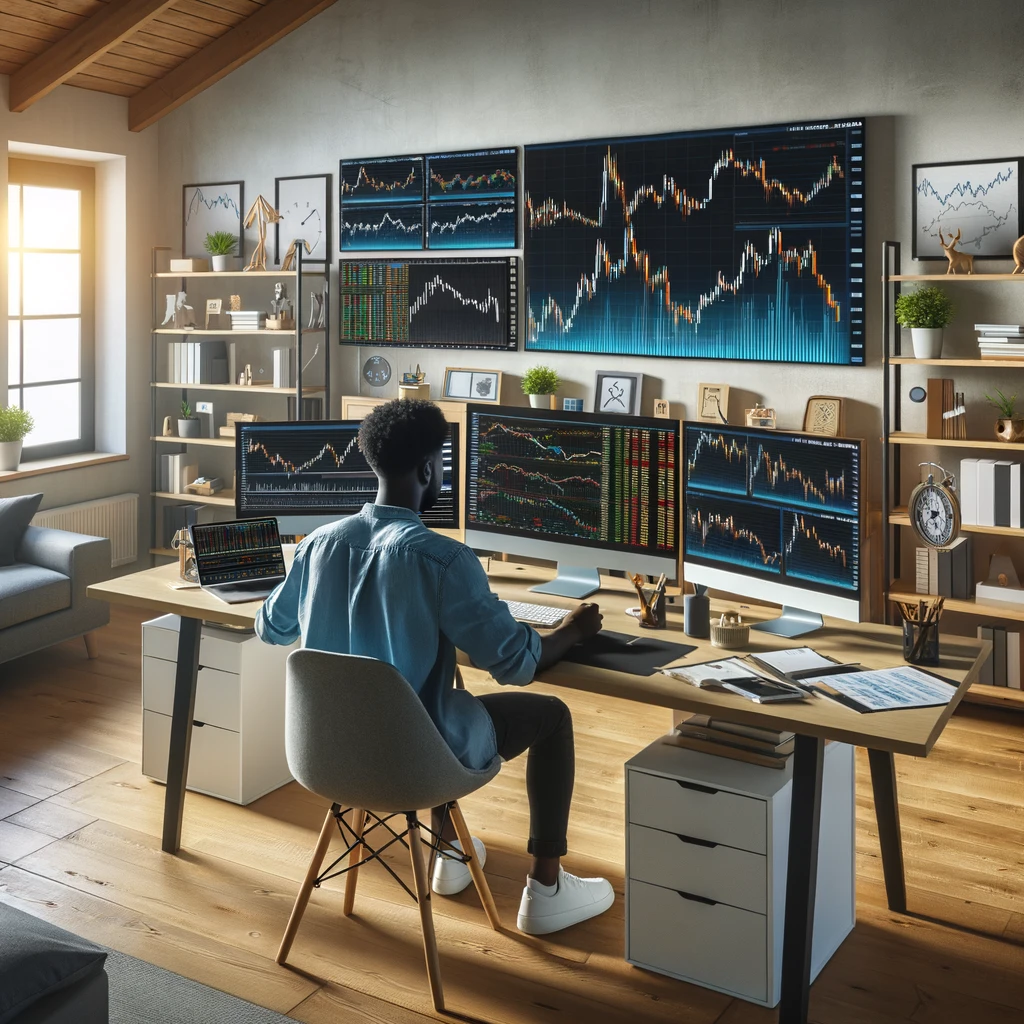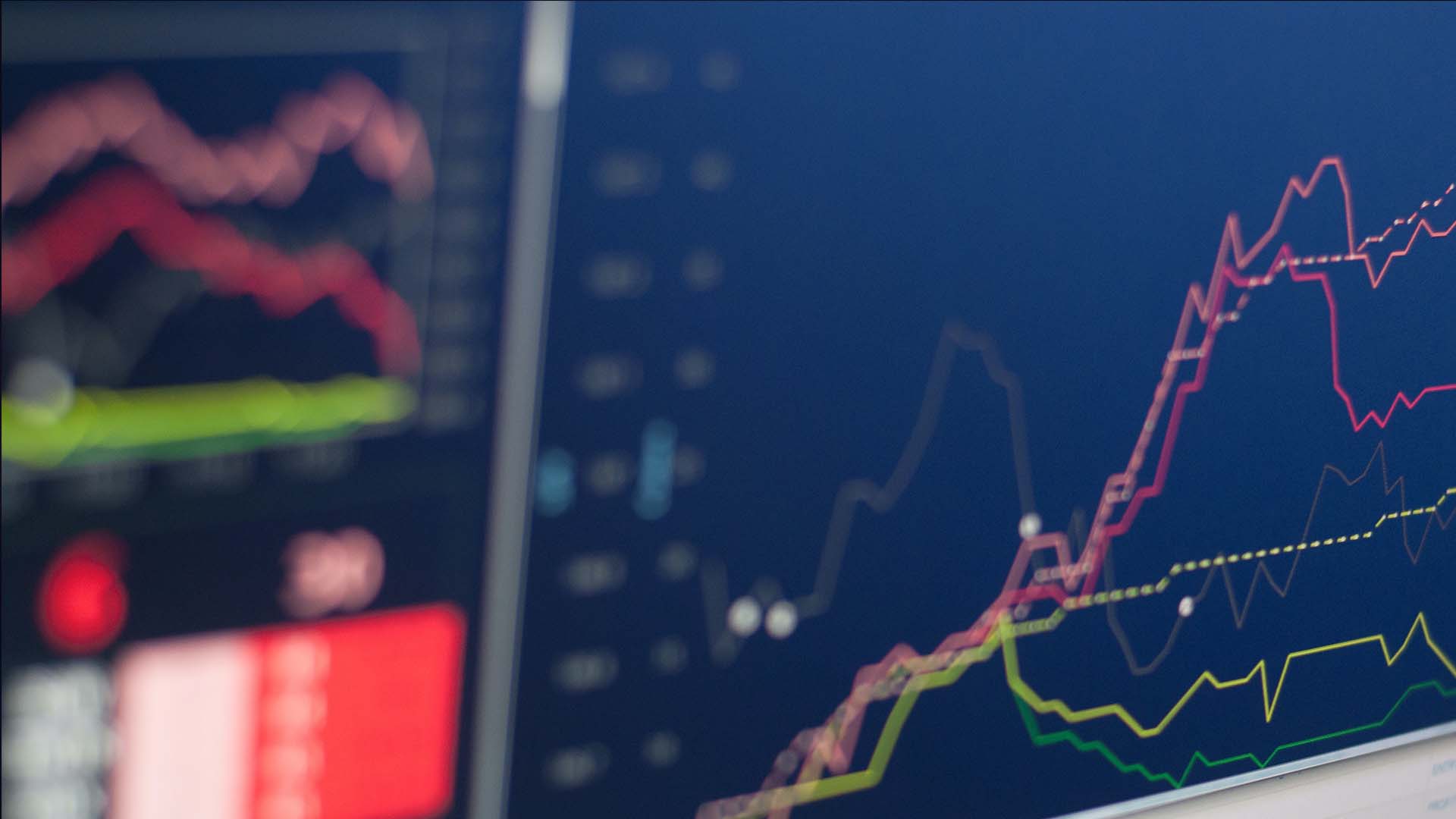Introduction
Millions of novices attempt to learn how to do trading in the stock market each year, but most walk away a little poorer and not much wiser, never reaching their full potential. The majority of those who fail to learn how to do trading effectively have one thing in common: They don’t master the basic skills needed to tilt the odds in their favor. Learning how to do trading can put you on the path to success if you dedicate adequate time to master these skills.
Table of Contents
Understanding the Market
To learn how to do trading, it’s crucial to understand why world markets attract speculative capital. Many people try to learn how to do trading by throwing money at securities without understanding why prices move higher or lower. Instead of chasing hot tips or making binary bets, it’s essential to learn how to trade the markets with skill and authority.
Start by building a strong foundation in the basics of trading and financial markets. This includes understanding different types of financial instruments (stocks, bonds, commodities, forex, etc.), market mechanics, and how trading exchanges operate. You can do this through online courses, reading books, and following financial news.
Learn Economic and Financial Concepts
Understanding key economic indicators, financial statements, and how macroeconomic factors affect markets is crucial to learn how to do trading. Familiarize yourself with concepts like GDP, inflation, interest rates, earnings reports, and how they can impact trading.
Technical Analysis
Technical Analysis involves analyzing statistical trends gathered from trading activity, such as price movement and volume. Learn to read and interpret charts, identify patterns, and understand technical indicators like moving averages, Relative Strength Index (RSI), and Bollinger Bands.
Fundamental Analysis
This is the analysis of a company’s financial health, competitive advantages, and market position to determine its stock’s intrinsic value. It involves reading balance sheets, income statements, industry trends, and considering factors like management quality and brand strength.
Market Sentiment
Trader psychology and market sentiment play a huge role in trading. Learn to gauge market sentiment, which can often drive market movements independently of fundamentals or technical indicators.
Watch The Market
Put aside some time to watch the market live in real time to learn the price action. This is an intuitive skill that takes time to develop.

Self-Examination: The First Step to Learn How to Do Trading
Start learning how to do trading with a self-examination that takes a close look at your relationship with money. Whether you see life as a struggle or believe in attracting market wealth, it’s vital to understand your belief system as it often gets reinforced in the market through profits and losses when you learn how to do trading. Here are key steps and techniques to explore these aspects:
- Identify Your Money Script: Money scripts are unconscious beliefs about money developed in childhood that drive financial behaviors. Identifying whether you see money as a source of security, status, happiness, or a sign of evil can help you understand your financial decisions.
- Reflect on Your Financial History: Examine your past experiences with money. How did your family view and handle money? What were your earliest money memories? This reflection can reveal patterns and beliefs influencing your current financial behavior.
- Recognize Cognitive Biases: Be aware of common cognitive biases that affect financial decisions, like confirmation bias (seeking information that confirms your beliefs), loss aversion (fearing losses more than valuing gains), and the sunk cost fallacy (continuing a behavior due to previously invested resources).
- Mindfulness Practices: Mindfulness helps in recognizing and managing emotional responses to money. Practices like meditation can increase awareness of your thoughts and feelings about prosperity and financial decisions.
- Journaling: Keeping a financial journal can help track your thoughts, feelings, and behaviors around money. This record can be a powerful tool in understanding your emotional triggers and patterns.
- Set Financial Goals: Define what prosperity means to you. Is it security, freedom, ability to provide, or something else? Align your financial goals with your values and what truly matters to you.
- Challenge Limiting Beliefs: Identify and challenge any limiting beliefs about money. If you believe that “money is the root of all evil” or “I don’t deserve wealth,” question these beliefs and consider more balanced perspectives.
- Seek Feedback: Sometimes, it’s hard to see our own biases. Discuss your thoughts and behaviors with trusted friends, family, or a financial therapist to gain different perspectives.
- Emotional Intelligence Development: Work on developing your emotional intelligence, which includes self-awareness, self-regulation, motivation, empathy, and social skills. This can help in making more informed and less emotionally-driven financial decisions.
- Professional Guidance: Consider consulting a financial therapist or psychologist specializing in financial issues. They can offer professional help in understanding and improving your relationship with money.
- Continuous Learning: Educate yourself about personal finance and investment. Knowledge can empower you to make more informed decisions and feel more in control of your financial situation.
- Celebrate Progress and Successes: Recognize and celebrate your growth and achievements in understanding and improving your relationship with money. This positive reinforcement can motivate further progress.
Self-examination in terms of money and prosperity is a continuous process. It’s about understanding your past, recognizing current behaviors and biases, and making conscious choices for a healthier financial future. Remember, changing deep-seated beliefs and habits takes time and patience but is important to learn how to do trading.
Interested In Learning More?
Key Takeaways to Learn How to Do Trading
- Educate Yourself: Learning how to do trading begins with education on reading the financial markets via charts and price action.
- Technical and Fundamental Analysis: Use both to decipher price action when you learn how to do trading.
- Practice: Before you learn how to do trading with real funds, practice with theoretical scenarios.
Basic Steps to Learn How to Do Trading
- Open a Trading Account: To start learning how to do trading, find a good online broker and open an account.
- Learn to Read the Market: Utilize financial articles, books, and tutorials to learn how to do trading.
- Analyze the Market: When you learn how to do trading, study price charts and understand market dynamics.
- Practice Trading: Before you learn how to do trading with real money, engage in paper trading to test your strategies.
- Continue Learning: Even after you learn how to do trading, continue educating yourself through classes and seminars.
Risk Management in Trading
As you learn how to do trading with real money, it’s crucial to manage risks effectively by setting stop-losses and take-profit orders.
What Are Stop Losses?
A stop loss is an order that you place with your broker to sell a security (like a stock or bond) when it reaches a specific price. The main purpose of a stop loss is to limit your potential loss on a security’s position.
How they work
Imagine you buy a stock at $100, hoping it will go up. But you also know that investing in stocks can be risky, and you want to limit your potential loss. So, you set a stop loss order at $90. This means if the stock price falls to $90, your broker will automatically sell the stock to prevent further loss.
Types of Stop Loss Orders
- Standard Stop Loss: This triggers a market order when the stock hits the stop price. In our example, once the stock hits $90, it turns into a market order and sells at the next available price.
- Stop Limit Order: This is a bit more complex. You set two prices: the stop price and the limit price. When the stock hits the stop price, the order becomes a limit order, selling only at the limit price or better. However, if the stock’s price falls too fast and skips past the limit price, the order might not execute.
Why Use Stop Losses?
- Limit Losses: The primary purpose is to limit potential losses. It’s a way to protect your investment from significant declines.
- Emotionless Trading: It helps in removing emotions from trading decisions. When markets are volatile, it’s easy to make impulsive decisions. A stop loss order automates the sell process based on pre-set criteria.
- Risk Management: It’s an essential part of risk management strategies, ensuring you don’t lose more money than you are willing to risk on a particular trade.
Things to Consider
- Gaps in Price: Sometimes, especially with volatile stocks, the price can ‘gap down’ overnight, opening much lower than the previous day’s close. If this happens, a stop loss might execute at a much lower price than intended.
- Short-Term Fluctuations: In volatile markets, a stock might briefly dip to your stop loss level and then rebound. This can lead to selling a stock prematurely.
- No Guarantee of Execution: In extremely fast-moving markets, your stop loss order might not execute at your predetermined level due to the speed at which prices are changing.
In summary, stop losses are a tool to manage the risk of your investments by setting a predetermined level at which your position will be sold, to avoid larger potential losses. They are a key element in trading and investing, especially for beginners, as they provide a systematic approach to managing risk.

Trading vs. Investing
When you learn how to do trading, understand that it differs from investing in terms of time horizon, trade frequency, and trade types.
Key Differences Summarized
- Time Frame: Trading is short-term, while investing is long-term.
- Objective: Trading seeks to capitalize on market volatility, while investing aims for gradual wealth accumulation.
- Approach: Trading uses technical analysis and market trends, whereas investing relies on fundamental analysis and long-term growth potential.
- Risk and Return: Trading often involves higher risk and the potential for higher short-term returns, while investing is generally lower risk with returns accumulated over a longer period.
Conclusion
To learn how to do trading successfully, embark on a journey of education, practice, and continuous strategy refinement. By understanding market dynamics, practicing risk management, and maintaining discipline, you can transform from a novice to a skilled trader.
Interested In Learning More?










